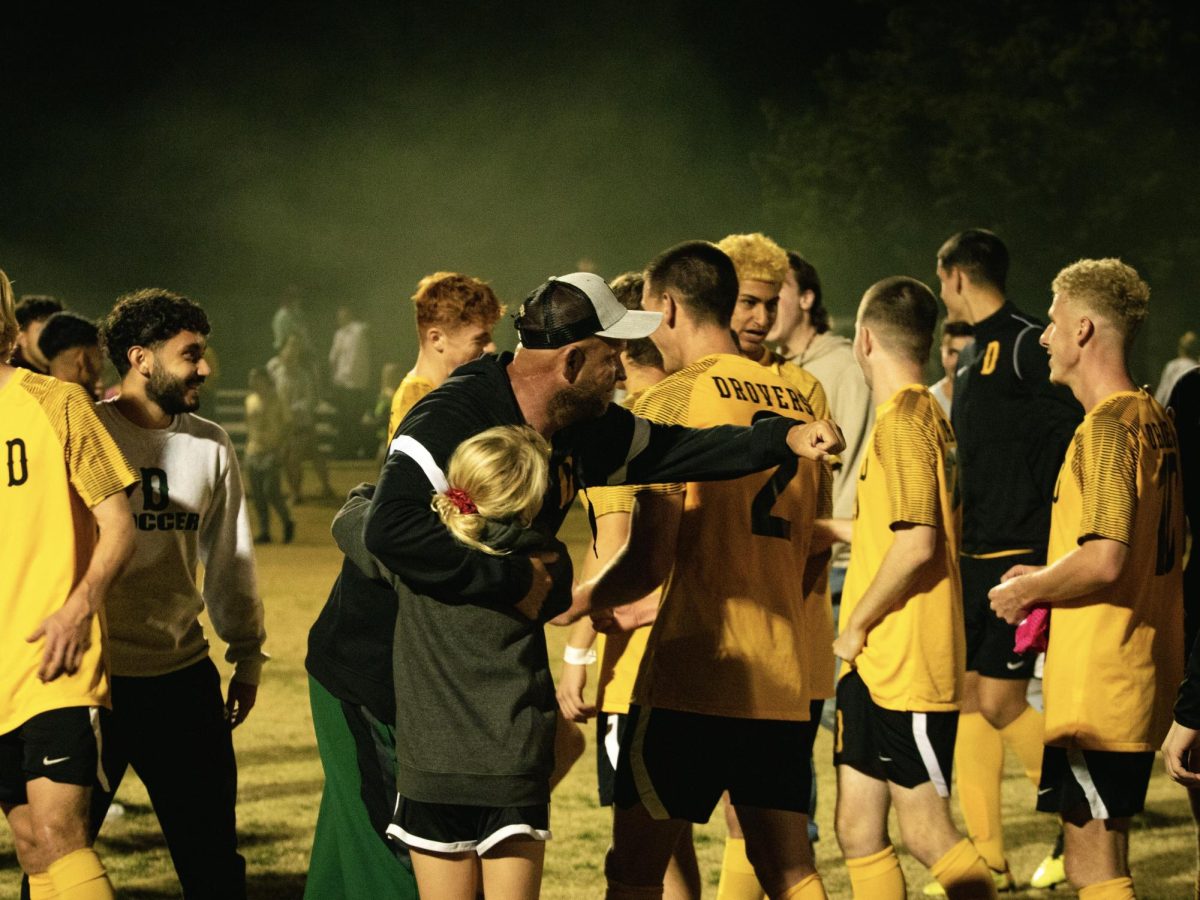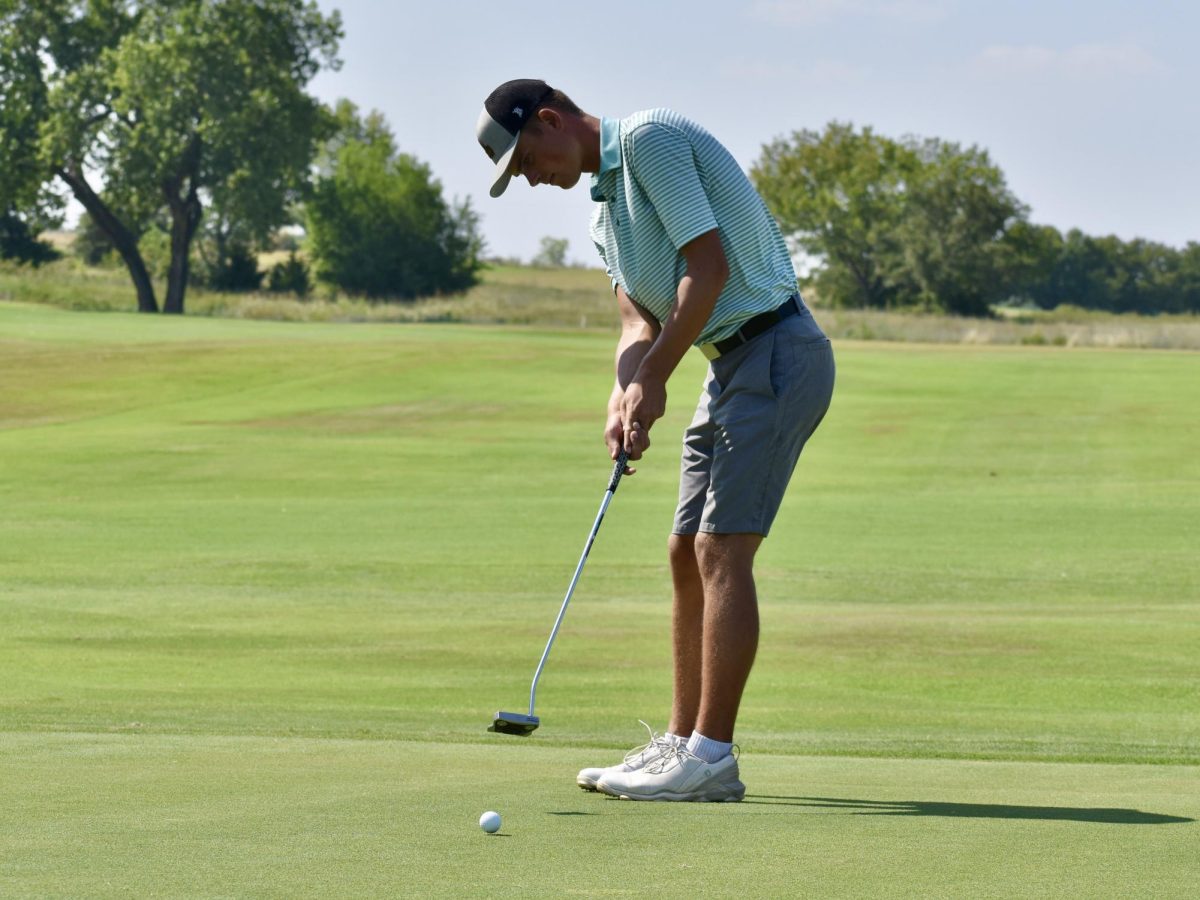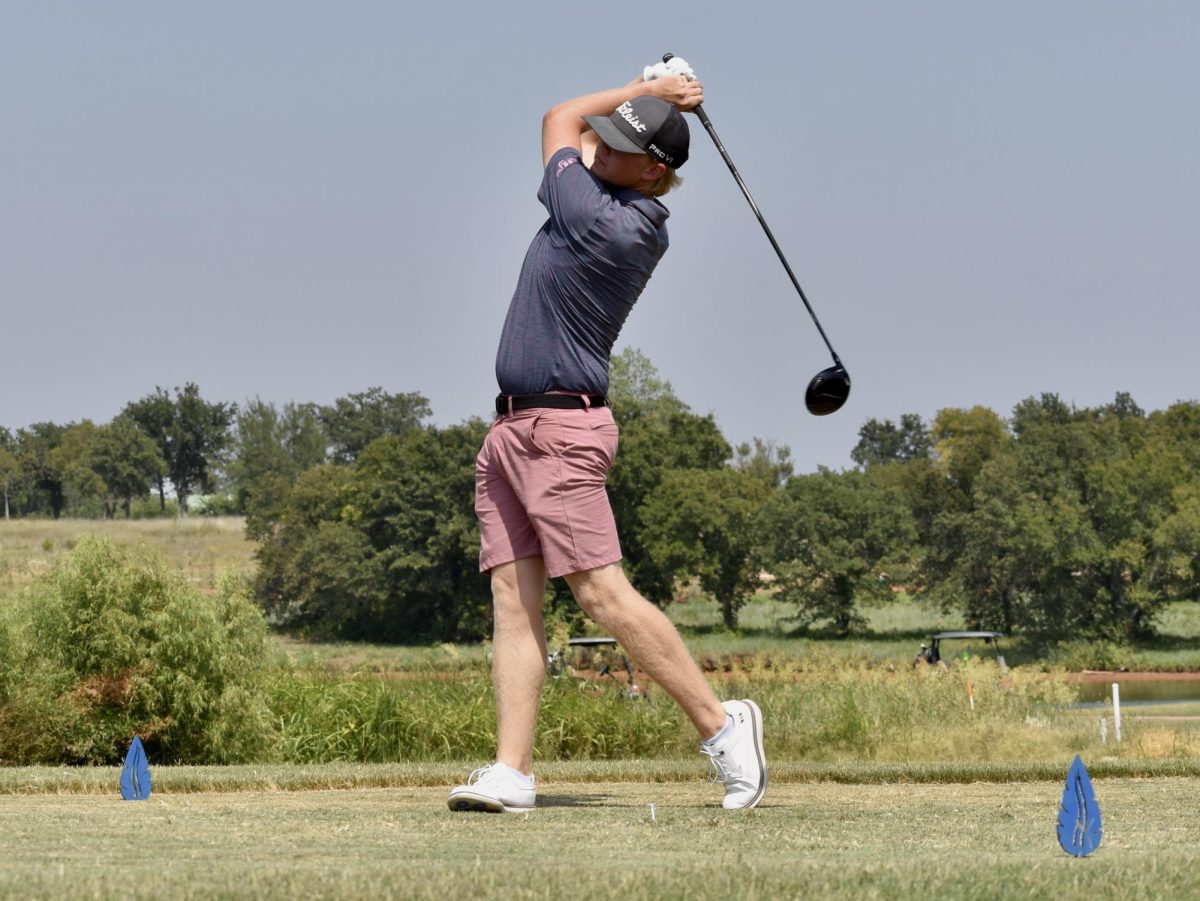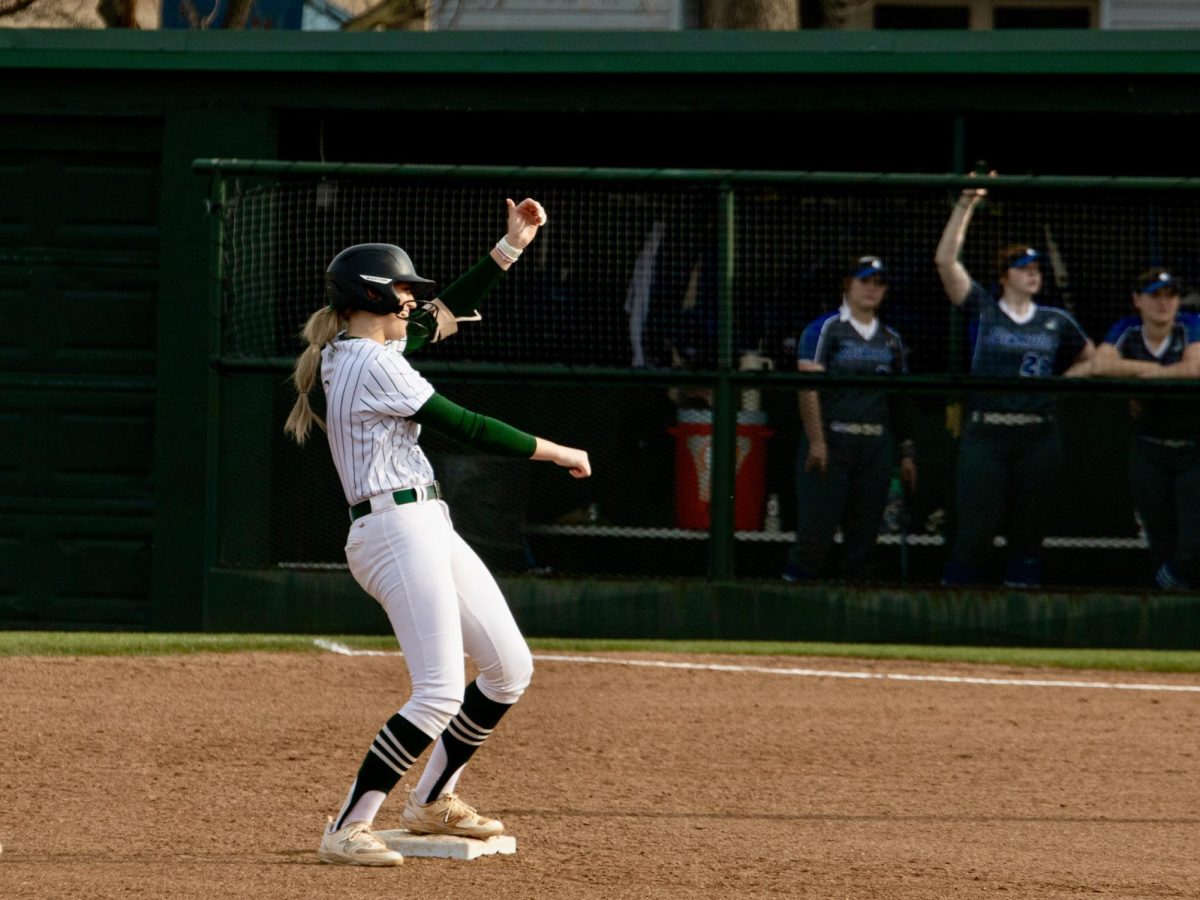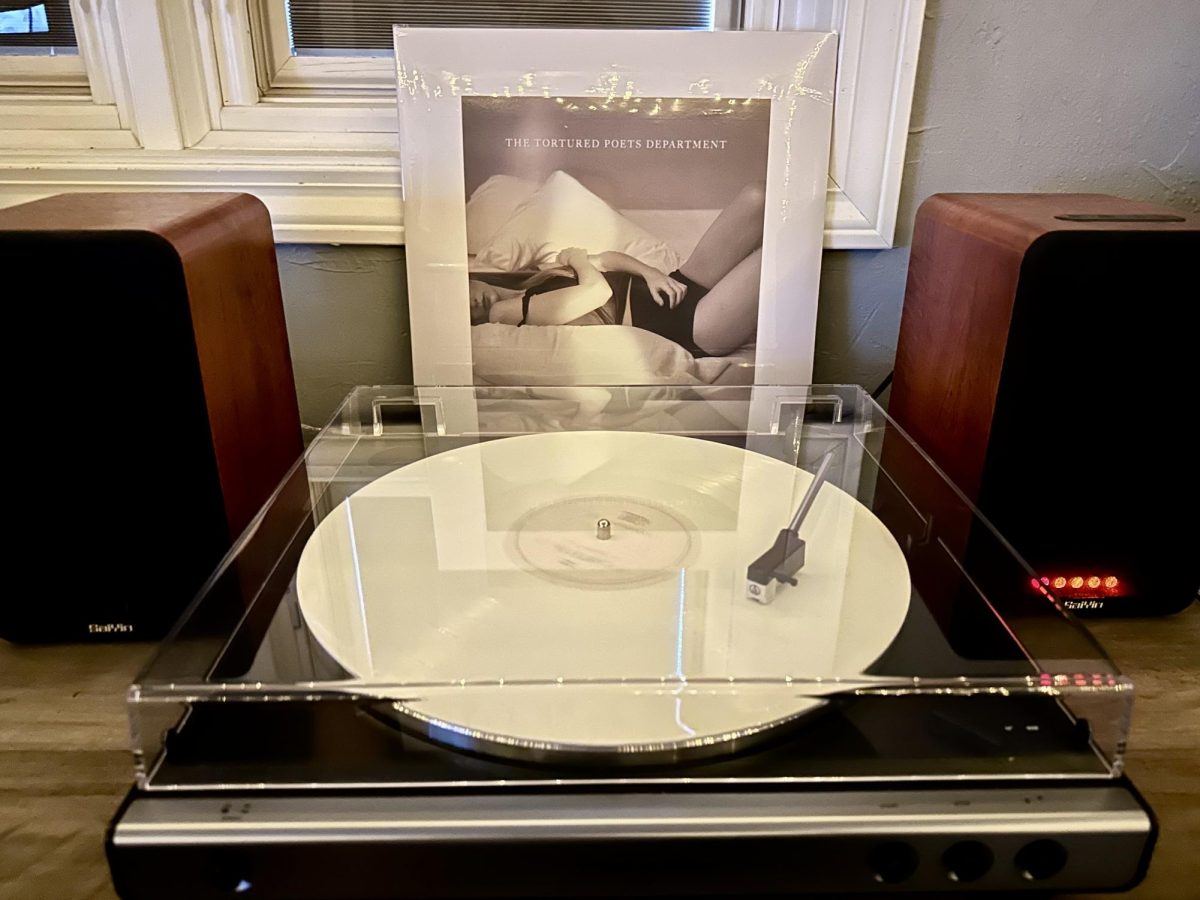For over two decades, I did not know how to swim. The best I could manage was mimicking the movement I saw from characters in video games, seriously. This might be enough to keep me alive in dire situations, but I knew that there were better ways to move about in the water.
After the Lawson Clubhouse pool opened earlier in the summer, I knew that the time to learn how to swim was fast approaching.
Two of my friends invited me to go swimming one evening, and I was reluctant (because of my inability to swim), but I decided to go anyway.
When I told them that I did not know how to swim, they did not point and laugh or tell me “stay in the shallow end.” Instead, they began to show me how to do a basic float.
The float saw me staying horizontal on the water’s surface, with them giving tips on how to breathe and make sure that I wouldn’t sink.
I practiced this over and over again, and eventually let go of the rails. I failed a few times, but I expected this. I began moving my way slowly down the pool, and I at last found myself in the deep end.
One thing to note about the deep end of this particular pool is that it only goes down five feet, so this was the perfect pool to practice the basics in.
I eventually got the hang floating, and I realized I could just move my arms and legs, and I began to move in a simple backstroke. My friends were astonished that I had figured this out, and quite frankly, I astonished myself too.
I got in the pool a couple more times to get more comfortable with the water, and I realized I wasn’t afraid as I was at the start.
Floating, I learned helped me to start swimming on my stomach, as I was able to keep my body near the surface without constantly going under as I did before. I can now move more efficiently in the water, without tiring myself too much.
My next challenge from my friends was to learn to do a flip in the water. More specifically, to dive in, do a handstand underwater, and use my arms to help flip myself upside down and back around again.
When they said to try this, I admit, I was intimidated, but they assured me that they would help me step-by-step.
They started by demonstrating this move over and over, and they made it look so effortless. I counted to three and made an attempt. The first few times, I couldn’t get under the water long enough, and after a few tries and laughs from them and myself, I managed to get the handstand.
After more tries, I felt myself go upside down, and used my legs to bring myself back up and around. It was a strange feeling being upside down in the water, and feeling my body flip completely. I surfaced and they applauded. This entire session took about an hour, but it finally paid off.
At the end of a long evening, my friends circled me in the water and assessed my technique. They all gave me a solid seven out of ten, and I was happy with that.
The backflip also got me comfortable with being under the water, as this was a big fear of mine as well. It also taught me how to use my breath to sink and it taught me to relax.
Do I consider myself a good swimmer yet? No. I don’t think I will be going and doing water-related activities soon, but I feel a lot more confident that I can now at least survive if I find myself needing to swim. I tackled my fear of the water, and this entire process was worth it.
Paul Tointigh is a fourth-year communication major at the University of Science and Arts of Oklahoma.
















